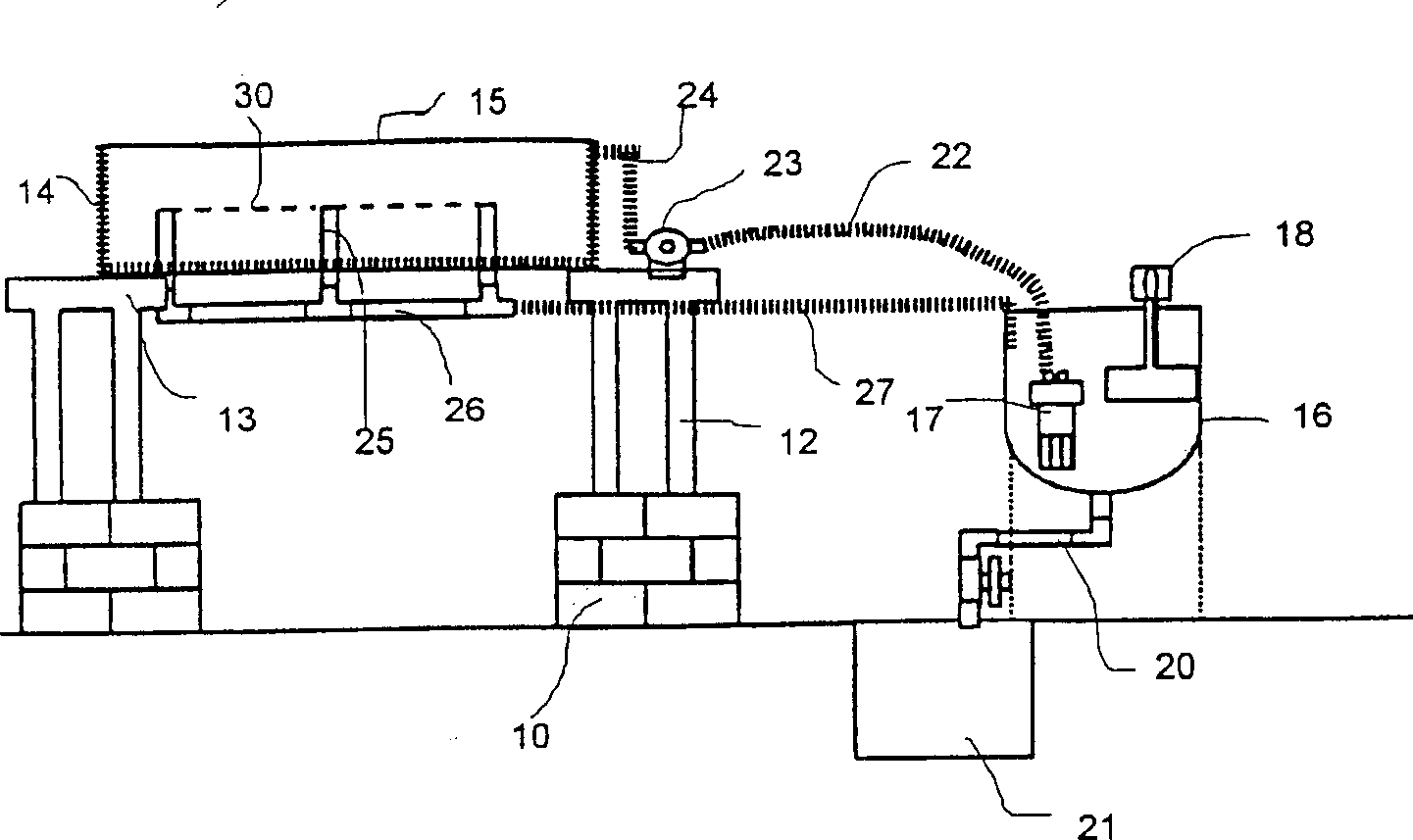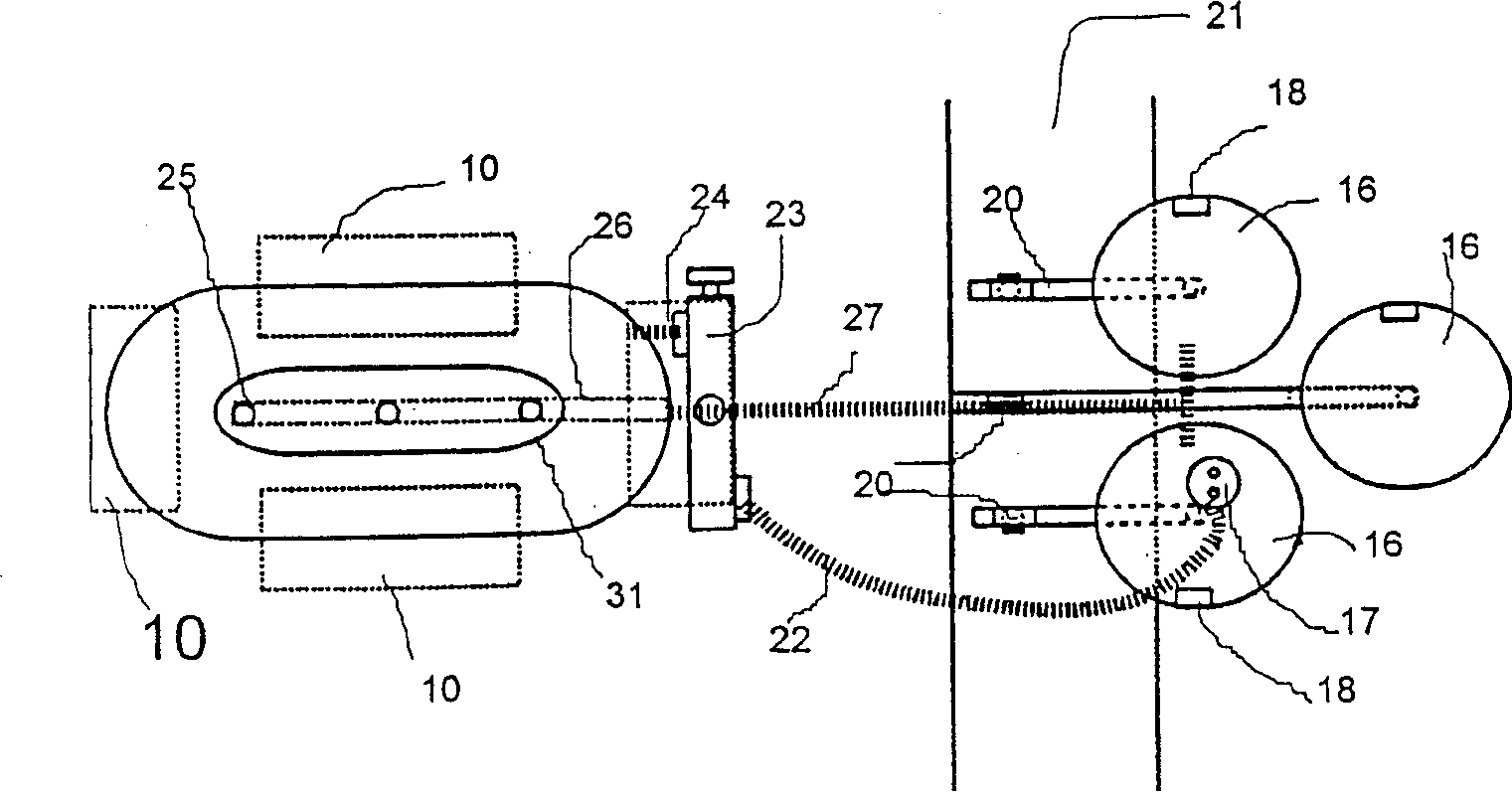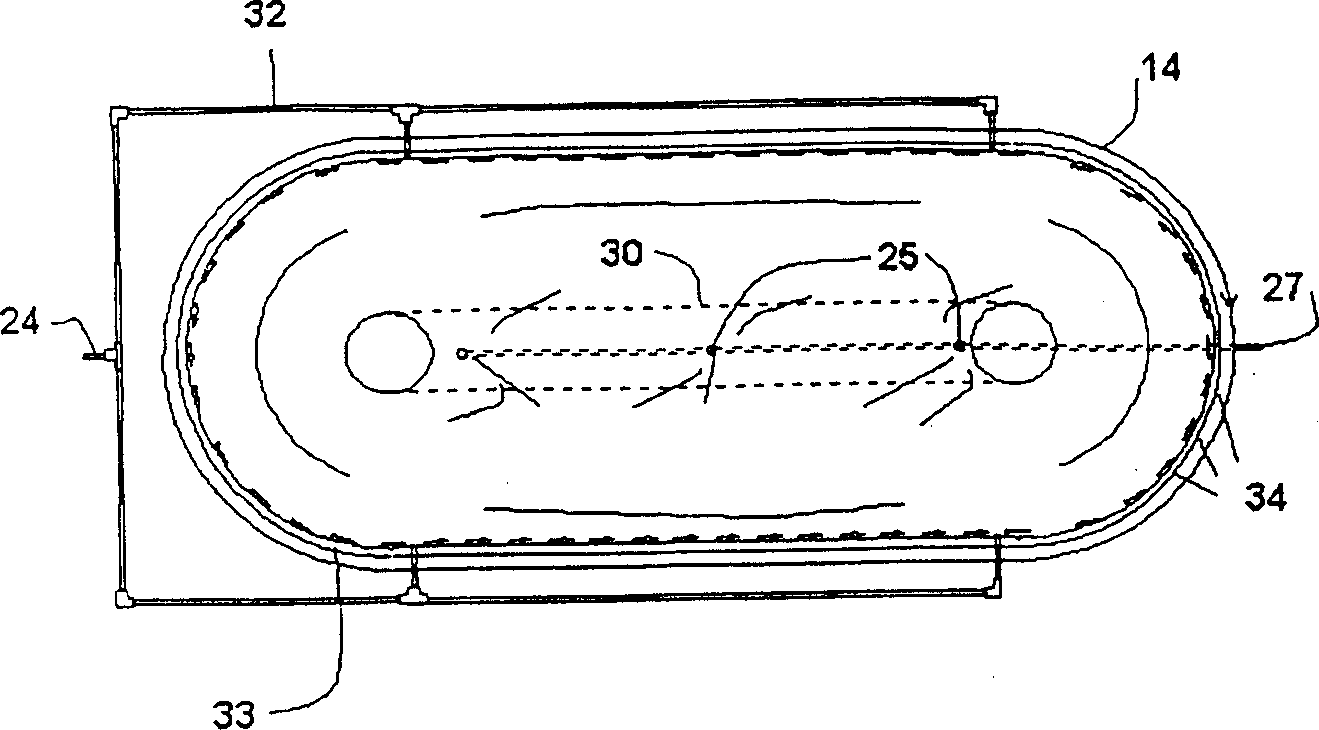Crustacean larva raising method and apparatus
A technology for crustaceans and larvae, which can be used in fish farming, animal feed, animal feed, etc., and can solve the problem that juvenile shrimp cannot be obtained
- Summary
- Abstract
- Description
- Claims
- Application Information
AI Technical Summary
Method used
Image
Examples
Embodiment Construction
[0136] Introduction and containment system
[0137] Seawater is fed continuously to a 1 μm filter and then to a UV sterilizer. Seawater was supplied at 30 liters per animal, while water was exchanged at a 100% water exchange rate. The water temperature is kept between 26 and 27°C. Sterilized seawater is supplied to a circular tank with a capacity of 200 liters. There is a black plastic cover on the top of the container. The tank is ventilated at a rate greater than 2 liters per minute. Sea water is supplied from one end at the bottom of the tank and discharged from the other end at the top of the tank.
[0138] Oviposit females are introduced into the tanks and fed every evening. Remove leftovers the next morning. Food was ax clams sterilized with a 0.1% chlorine solvent for at least one hour and then carefully washed with UV-disinfected seawater before feeding.
[0139] When the embryos turn a visible amber-brown in color, individual ovipositous females are transferred...
PUM
| Property | Measurement | Unit |
|---|---|---|
| Granularity | aaaaa | aaaaa |
Abstract
Description
Claims
Application Information
 Login to View More
Login to View More - R&D
- Intellectual Property
- Life Sciences
- Materials
- Tech Scout
- Unparalleled Data Quality
- Higher Quality Content
- 60% Fewer Hallucinations
Browse by: Latest US Patents, China's latest patents, Technical Efficacy Thesaurus, Application Domain, Technology Topic, Popular Technical Reports.
© 2025 PatSnap. All rights reserved.Legal|Privacy policy|Modern Slavery Act Transparency Statement|Sitemap|About US| Contact US: help@patsnap.com



